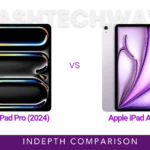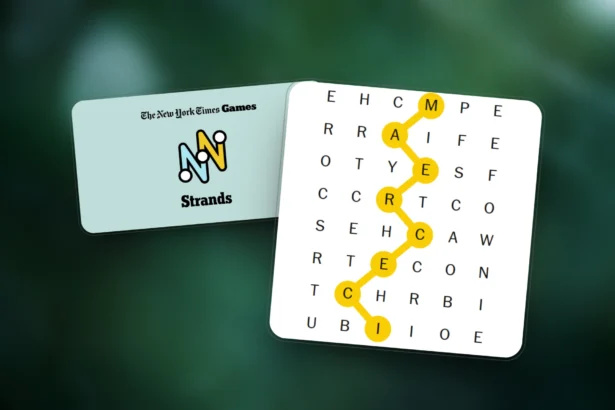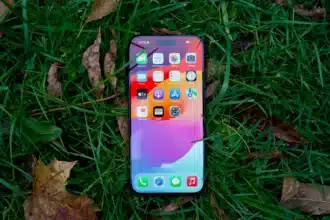Artificial Intelligence stakes a quick development of the text-to-image generation landscape, every new model has a new frontier. The new AI model by Google named Imagen 3 is not just another step but a leap into the future of AI-powered creativity model.
Imagen 3 with its extraordinary features and qualities is going to be the main player in the text-to-image generation area, developing a new quality, reality, and versatility scale. This article goes into what makes Imagen 3 a game-changer and how it compares to its competitors such as OpenAI’s DALL-E.
“It’s our most capable image generation model yet,”
Douglas Eck, (Senior Research Director of Google DeepMind)
What is Google’s Imagen 3?
Imagen 3 is the most recent model of text-to-image generation by Google. As a model, with very detailed and highly textured prompts, it can highly generate the images. High-technology-integrated model uses some elite AI algorithms to understand prompts put in by the user and almost create very similar images from real photographs.
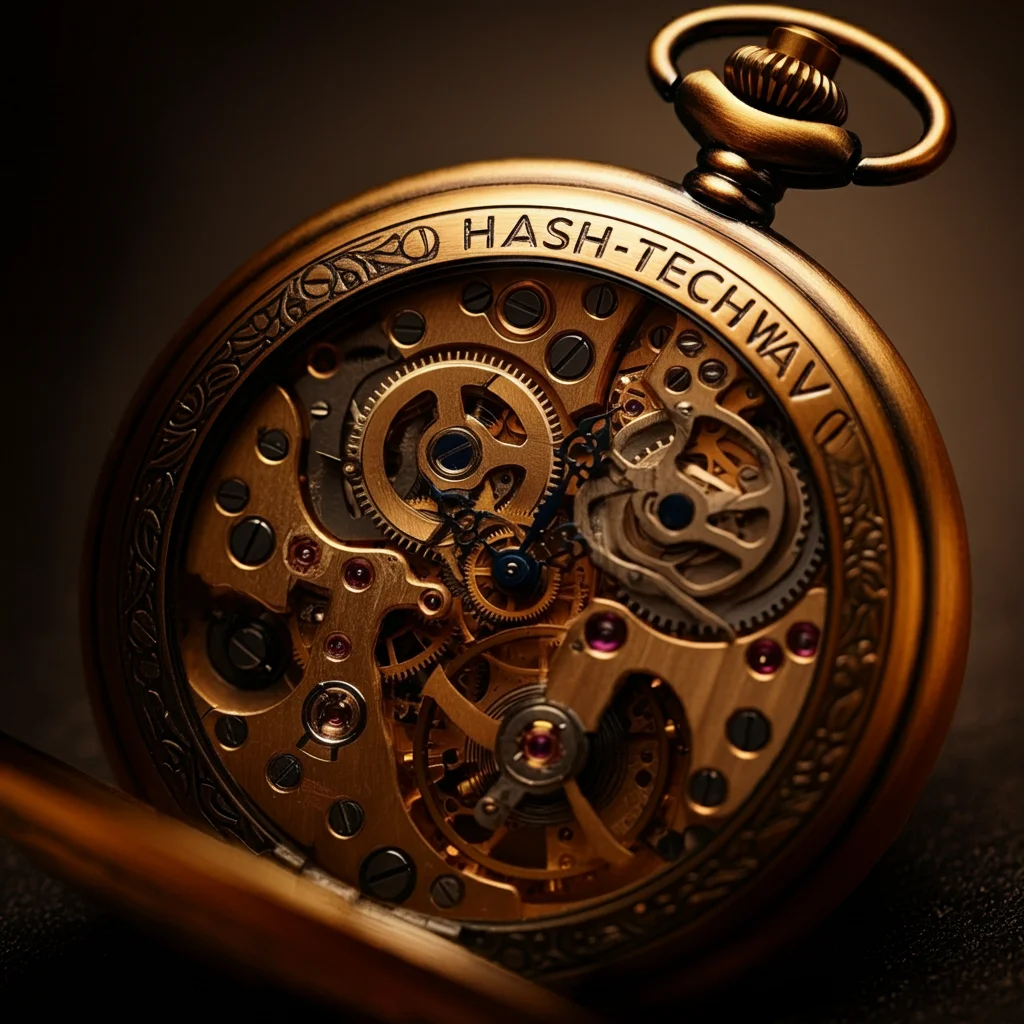
Google’s Imagen 3 have ability to handle complex scenes with multiple elements in realistic lighting conditions and perfect texturing of scenes like you need an image of landscape, a busy cityscape or a finely detailed object, all can be done with Imagen 3 with its stunning accuracy and quality.
Google Imagen 3 Domination in Text-to-Image Market
Market is already packed with many Text-to-Image generation AI models but what values does Google Imagen 3 provides to end users? One of most dominating feature is its Photorealistic output generation which provides better level of details and are very useful in marketing industry such as digital content creation or virtual reality,
Unlike earlier models that need carefully written prompts to achieve desired results, Imagen 3 have ability to understand everyday’s natural language without the need of technical expertise and results are three times better than competitors. This is a major advantage for business owners and content creators to streamline their content generation.
As Imagen 3 is a product of Google so by following the legacy, it is packed with Google Gemini, Image FX and Vertex AI. This widespread list of products ensures that either you are a individual creator or an organization now everyone can access and utilize the power of Google’s latest text-to-image generation technology.
Samples of Imagen 3 with Prompts
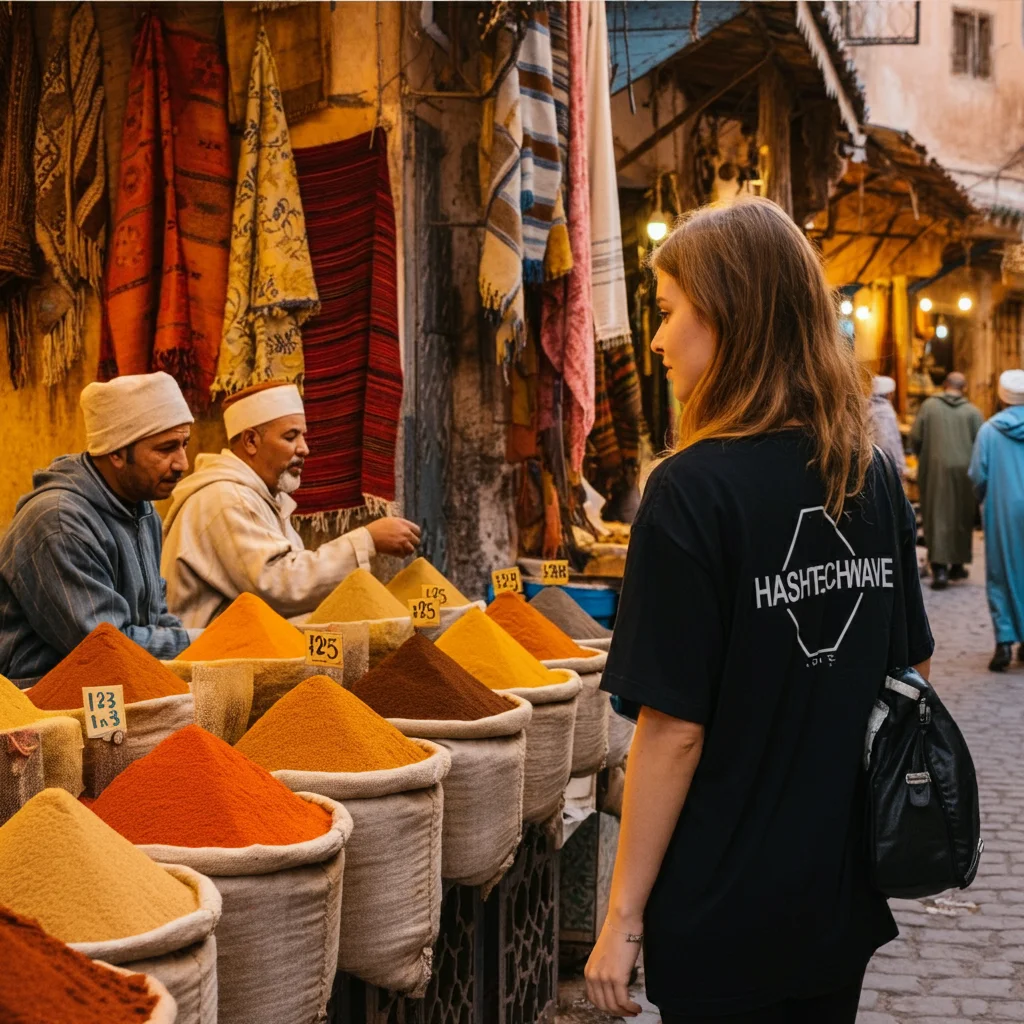
Prompt:
“A detailed image of a bustling street market in Morocco, with colorful spices , textiles , and merchants in traditional attire and a modern girl wearing black shirt with “HashTechWave” on it is buying spices from merchants”



Prompt:
“A luxurious glass perfume bottle labeled ‘ HashScents ,’ surrounded by fresh lavender, rich sandalwood , and elegant rose petals . The bottle is placed on a sleek marble surface , with soft golden light reflecting off the glass, creating a warm and inviting ambiance. The background is blurred, focusing attention on the bottle and the natural ingredients that inspire its scent.”
Comparing Imagen 3 and Dall-E 3
When comparing any text-to-image generation AI, you’ll see a famous competitor that have produced top results for industries till now. It is non other than Dall-E, a product by Open AI – which is famous for its Image generation and Video Generation (Sora AI) using natural language prompts. To compare Google state-of-the-art Image generation AI, we can consider Dall-E as direct competitor:
| Features | Google Imagen 3 | Open AI Dall-E 3 |
|---|---|---|
| Model Architecture | Diffusion model with advanced multi-layered techniques | Transformer-based model with CLIP (Contrastive Language-Image Pretraining) integration |
| Training Data | Trained on a vast dataset of 1.2 billion image-text pairs, with additional proprietary datasets focused on diverse scenes and realistic photography | Trained on 250 million image-text pairs from publicly available datasets, optimized for creativity and diversity |
| Image Output Resolution | Outputs images at 1532 x 1532 pixels | Outputs images at 1024 x 1024 pixels |
| Output Quality | Highly photorealistic, detailed textures, accurate lighting, and complex scene generation | Artistic, imaginative, with a focus on creative expression rather than strict realism |
| Prompt Flexibility | Advanced natural language processing, capable of understanding complex and simple prompts | Requires more structured prompts for specific outputs |
| Integrations | Broad integration with Google products like Google Bard, ImageFX, and Vertex AI on Google Cloud | Available as a standalone model with API integrations, often used within OpenAI’s platform |
| Speed and Efficiency | Faster generation times, optimized for large-scale use across Google’s ecosystem | Moderate speed, depending on prompt complexity and server load |
| Safety Features | Extensive filtering and data labeling to minimize harmful content, built with advanced ethical protocols | Community guidelines and filters, but with fewer explicit safety protocols compared to Imagen 3 |
| Target Users | Aimed at both enterprise users and advanced creators within Google’s ecosystem, particularly those needing high-quality photorealism | Targeted towards creative professionals, artists, and hobbyists looking for imaginative imagery |
| Free Trails | No public free trials available yet only limited to enterprise previews and select users | Offers limited free access via OpenAI’s platform, with additional usage available through subscription tiers |
| Applications (Use Cases) | Ideal for marketing, digital content creation, realistic simulations, and high-quality enterprise visuals | Best suited for artistic projects, creative experimentation, and abstract visual content |
Conclusion
Google’s Imagen 3 is changing the game of AI-powered image creation. It stands out with its true-to-life images, user-friendly design and smooth connection to Google’s other tools. This makes it a strong player in the field of image generation. For people working in fields that depend on top-notch visuals then Google’s Imagen 3 is worth to be used.


